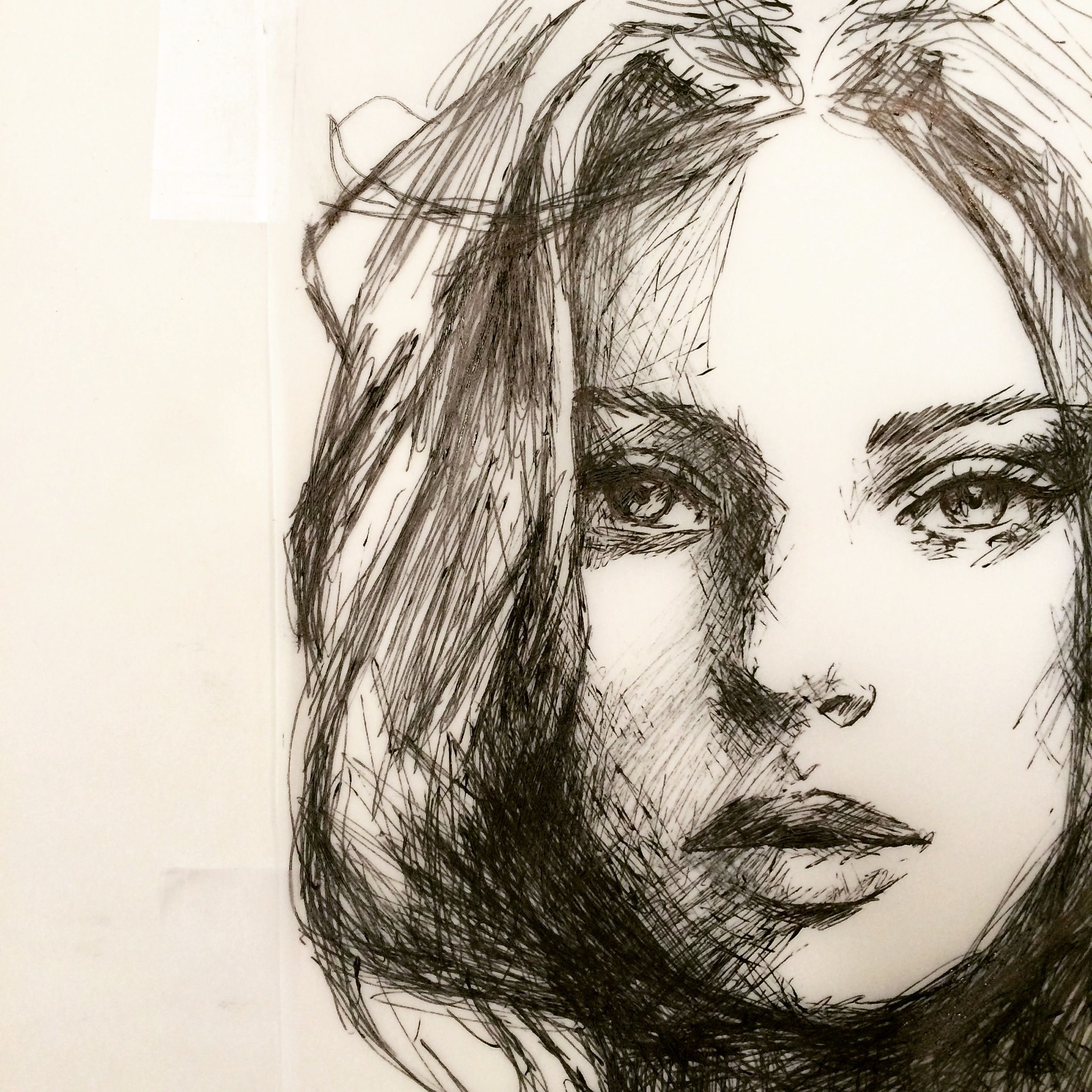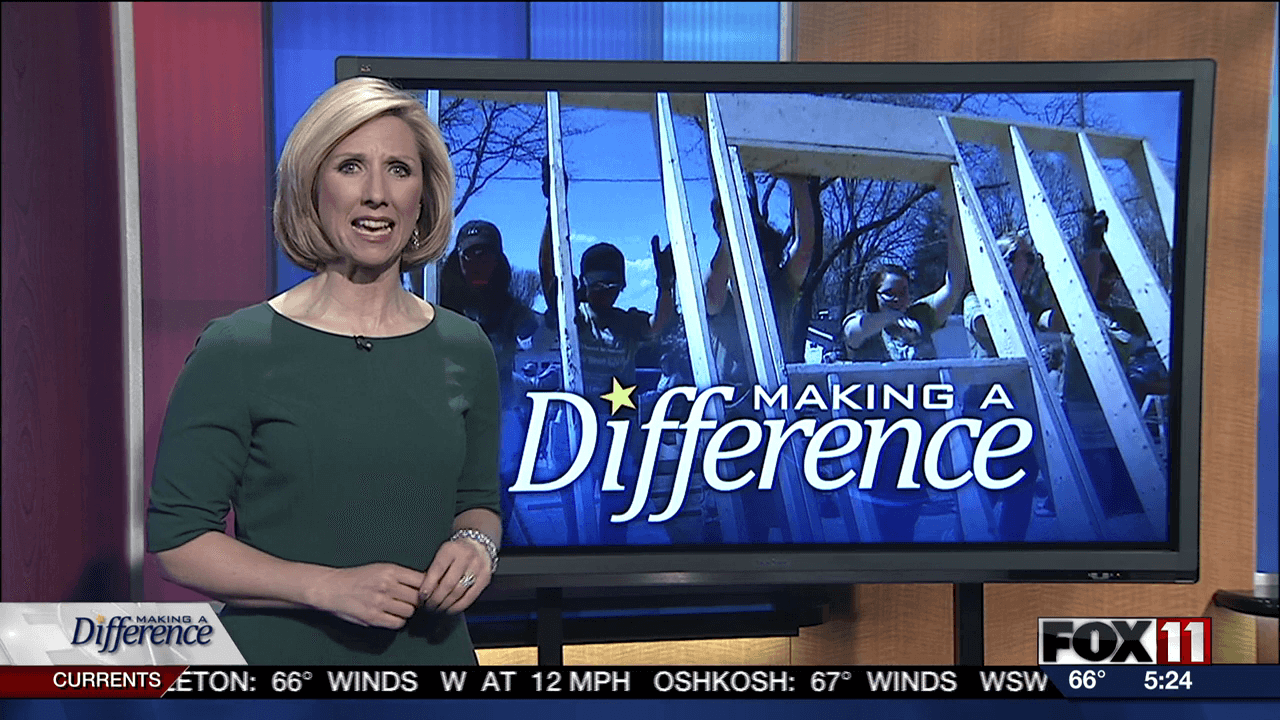Interdisciplinary Arts: Bridging Creative Boundaries
Understand interdisciplinary arts
Interdisciplinary arts represent the deliberate fusion of two or more artistic disciplines to create work that transcend traditional boundaries. Unlike conventional art forms that operate within established parameters, interdisciplinary arts thrive at the intersection of diverse creative practices.
This approach to creativity combine elements from different disciplines such as visual arts, music, dance, theater, literature, film, and digital media. The result is innovative work that couldn’t exist within a single discipline’s constraints.
The evolution of interdisciplinary arts
The concept of blend artistic disciplines isn’t new. Throughout history, artists have cross boundaries between different forms of expression. Opera, for instance, have longsighted combine music, theater, and visual design. Withal, the formal recognition of interdisciplinary arts as a distinct approach gain momentum during the 20th century.
The Bauhaus movement pioneer interdisciplinary thinking by unite crafts, fine arts, and design. Subsequently, movements like fluxes and happenings in the 1960s intentionally blur lines between art forms, create performances that combine visual elements, sound, and audience participation.
Today, interdisciplinary arts have become progressively prominent in contemporary creative practice. Digital technology has accelerated this trend by provide new tools that course bridge different media and art forms.
Key characteristics of interdisciplinary arts
Boundary crossing
Interdisciplinary artists move fluidly between different creative fields. They might be trained in one discipline but incorporate techniques and perspectives from others. This boundary crossincreateste rich, multi layered work that resist easy categorization.
Collaborative process
Many interdisciplinary projects involve collaboration between artists from different backgrounds. A choreographer might work with a composer, visual artist, and technologist to create an immersive performance experience. These collaborations bring diverse expertise unitedly, result in work that no single artist could create lone.
Experimental approach
Interdisciplinary arts oftentimes involve experimentation and risk taking. Artists work across disciplines often develop new methodologies and techniques. This experimental spirit lead to innovative forms that push creative boundaries.
Conceptual focus
Quite than being defined by medium or technique, interdisciplinary arts typically emphasize concepts and ideas. The choose disciplines serve as tools to express these concepts virtually efficaciously, with form follow function.
Common forms of interdisciplinary arts
Installation art
Installations oftentimes combine elements of sculpture, architecture, and sometimes sound, light, or video to create immersive environments. These works transform spaces and engage multiple senses simultaneously.
Performance art
Performance art oftentimes integrates elements from theater, dance, music, and visual arts. These performances might involve the artist’s body, audience participation, and multimedia elements to create time base experiences.
Digital and new media art
Digital technologies course facilitate interdisciplinary approaches. Artists work with digital tools oftentimes combine programming, visual design, sound, and interactive elements to create works that respond to audience input or environmental data.
Sound art
Sound art bridges music, sculpture, and installation. These works might involve custom-made build instruments, field recordings, or acoustic properties of spaces to create sonic experiences that go beyond traditional musical composition.
Multimedia theater
Contemporary theater progressively incorporate digital projections, innovative sound design, and non-traditional staging to create productions that blend theatrical traditions with new technologies and visual arts approaches.
Educational approaches to interdisciplinary arts
Many universities nowadays offer specialized programs in interdisciplinary arts. These programs typically provide training across multiple disciplines while encourage students to develop their unique creative voice at the intersection of different practices.
Interdisciplinary arts education frequently emphasizes:
- Foundational skills in multiple artistic disciplines
- Critical thinking and conceptual development
- Collaborative methods and team base projects
- Technical skills across various media
- Research methodologies that span artistic and academic approaches
Students in these programs might have backgrounds in traditional arts disciplines but seek to expand their practice beyond conventional boundaries. The goal is to develop versatile artists who can navigate multiple creative contexts and contribute to emerge forms of artistic expression.
Challenges in interdisciplinary arts practice
Institutional barriers
Traditional arts institutions, funding structures, and educational systems oftentimes organize around distinct disciplines. Interdisciplinary artists may struggle to find appropriate venues, funding opportunities, or critical frameworks for their work.
Technical demands
Work across disciplines require proficiency in multiple technical areas. Artists must either develop diverse skill sets or build effective collaborative relationships with specialists from other fields.
Critical reception
Critics and audiences accustom to evaluate work within establish disciplines may lack appropriate frameworks for understanding interdisciplinary projects. This can lead to misinterpretation or undervaluation of innovaticross-disciplinaryary approaches.
Identity and community
Artists work between disciplines may find themselves without a clear artistic community or professional identity. This can create challenges in building networks and find peer support.
The impact of interdisciplinary arts
Innovation and new forms
By combine different artistic languages and methodologies, interdisciplinary arts generate new forms of expression. These innovations oftentimes influence mainstream artistic practices and expand our understanding of what art can be.
Address complex issues
Complex social, political, and environmental challenges oftentimes require multifaceted approaches. Interdisciplinary arts can address these issues through multiple perspectives and sensory experiences, create nuanced responses that single discipline approaches might not achieve.
Audience engagement
Interdisciplinary works oftentimes create immersive, multisensory experiences that engage audiences in new ways. By activate different modes of perception simultaneously, these works can create powerful, memorable experiences.
Cross-cultural dialogue
Interdisciplinary approach often incorporate elements from diverse cultural traditions. This cross-cultural exchange can foster dialogue and understanding across different communities and perspectives.
Notable interdisciplinary artists and works
Laurie Anderson
Anderson’s work spans music, performance, visual art, and storytelling. Her performances incorporate technology, project images, and original musical compositions to create multimedia experiences that defy categorization.

Source: fromlight2art.com
Nam June park
Oft call the father of video art, park combine television sets, music, performance, and sculpture to create installations that explore the relationship between technology and culture.
William Kentridge
Kent ridge integrate drawing, animation, film, and theater. His hand draw animations oftentimes become components of larger installations or theatrical productions that address political and historical themes.
Meredith monk
Monk’s pioneer work combine extend vocal techniques, movement, theater, and visual elements to create performances that transcend traditional opera and dance categories.

Source: fromlight2art.com
The future of interdisciplinary arts
Several trends will suggest that interdisciplinary approaches will continue to will gain prominence in the arts:
Technological integration
Emerge technologies like virtual reality, artificial intelligence, and biotechnology are created new possibilities for artistic expression that coursecross-disciplinaryy boundaries. Artists are progressively incorporate these technologies into their practice, create works that blend art, science, and technology.
Sustainability and social practice
Many contemporary artists are address environmental and social issues through interdisciplinary approaches that combine art making with activism, community engagement, and ecological practices. These socially engage projects oftentimes require diverse skills and methodologies.
Institutional evolution
Arts institutions are gradually adapted to accommodate interdisciplinary work. Museums arcreatedte flexible spaces for time base and interactive works, while funding organizations adevelopedlop new frameworks for evalcross-disciplinaryinary projects.
Global exchange
Digital connectivity facilitate collaboration between artists from different disciplines and cultural backgrounds. These international collaborations ofttimes produce work that cross not exclusively artistic boundaries but besides cultural and geographical ones.
Develop an interdisciplinary arts practice
For artists interested in work across disciplines, several approaches can help develop an effective interdisciplinary practice:
Build strong foundations
Deep knowledge in at least one discipline provide a foundation for interdisciplinary exploration. Master the techniques and traditions of a primary medium create a base from which to expand into other areas.
Cultivate curiosity
Openness to different methods, perspectives, and traditions is essential for interdisciplinary work. Artists should actively explore unfamiliar disciplines and seek connections between different creative practices.
Develop collaborative skills
Successful collaboration require clear communication, mutual respect, and share vision. Learn to work efficaciously with specialists from other fields can expand the technical and conceptual possibilities of interdisciplinary projects.
Embrace process
Interdisciplinary work oftentimes involve experimentation and unexpected outcomes. Embrace process orient approaches and allow for discovery can lead to innovative results that wouldn’t emerge from more predetermine methods.
Conclusion
Interdisciplinary arts represent a dynamic approach to creativity that reflect our progressively interconnect world. By cross traditional boundaries between artistic disciplines, these practices create new forms of expression that address contemporary experiences and challenges.
While work across disciplines present unique challenges, it besides offer rich possibilities for innovation, collaboration, and engagement. As technology will continue to will evolve and global connections will deepen, interdisciplinary approaches will potentially become progressively central to artistic practice.
The virtually compelling interdisciplinary work doesn’t merely combine different elements but transform them into cohesive expressions that couldn’t exist within conventional categories. This transformative potential make interdisciplinary arts not merely a methodology, but a vital force in expand our understanding of creative possibility.



